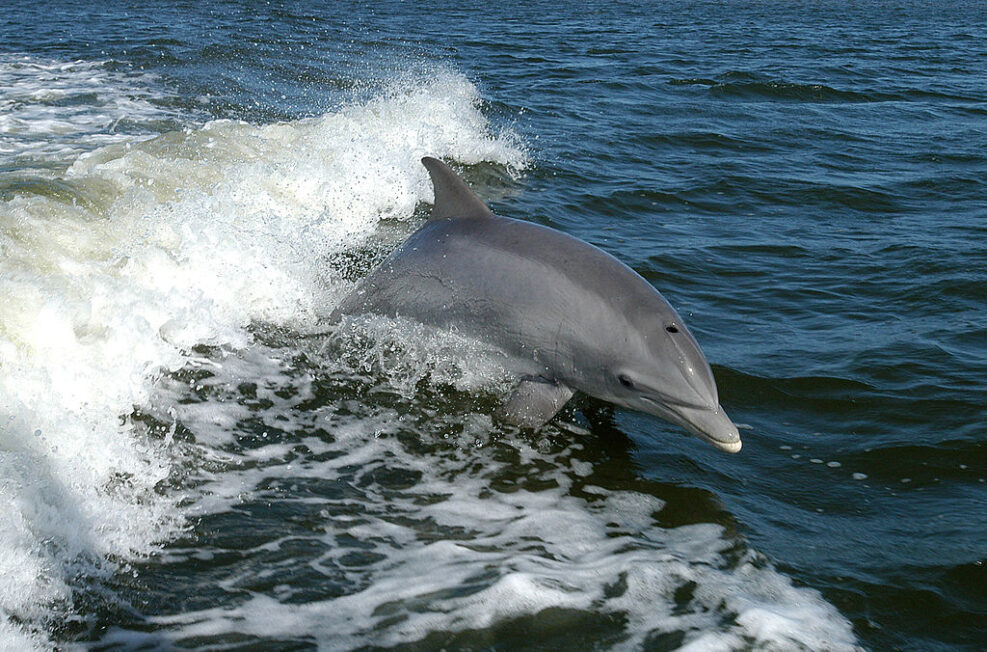
News From the Search for Extraterrestrial Life 6
China has found evidence for an ancient ocean on Mars and an international research teams reports that the number of dried-up lakes is higher than thoughtNoting the passing earlier this month of Frank Drake, author of the famous Drake Equation, planetary geoscientist David Rothery notes, we know a great deal more promising information about the search for life today than we did in 1961 when he first formulated the equation: “We are learning more about exoplanets every year, and are entering an era when measuring their atmospheric composition to reveal evidence of life is becoming increasingly feasible. Within the next decade or two, we can hope for a much more soundly based estimate of the fraction of Earth-like planets where life gets started.” – The Conversation, September 5, 2022. We also know about potentially habitable moons now (for example, Enceladus, whose image is featured above). Read More ›





